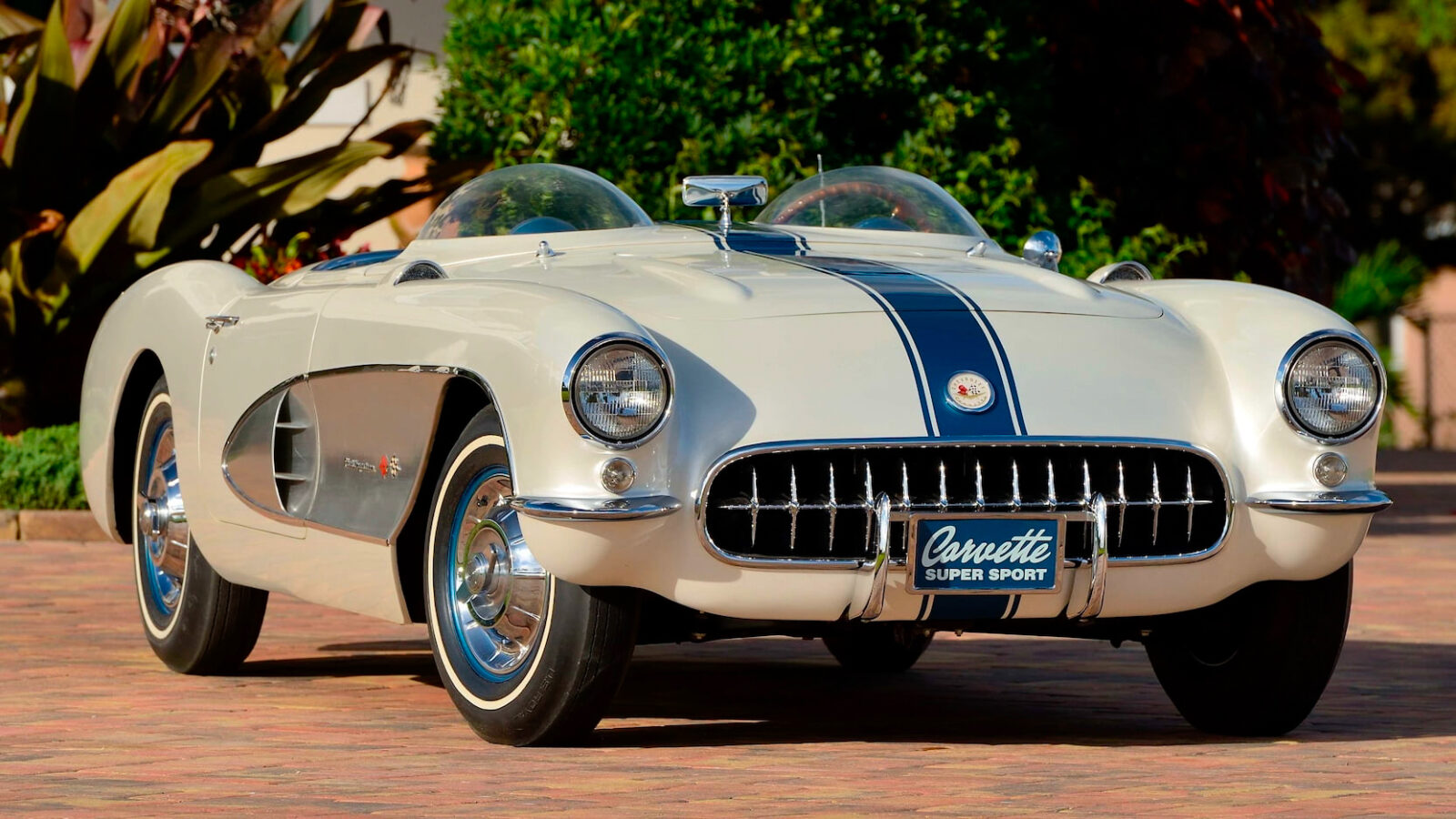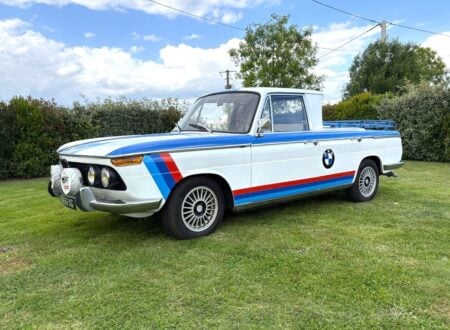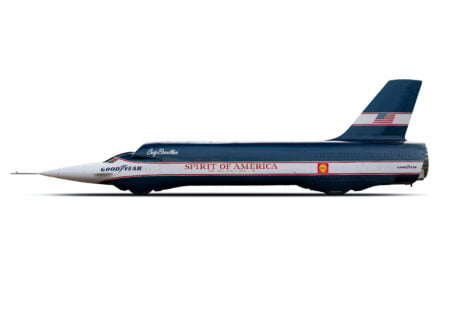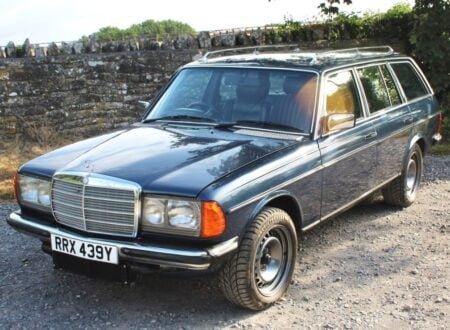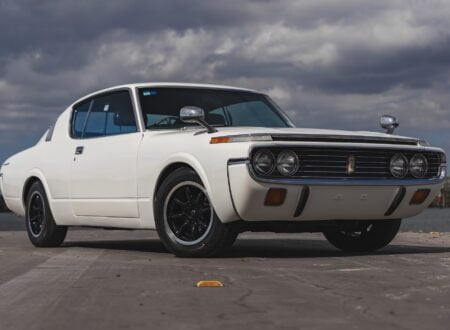This is the only example of the 1957 Chevrolet Corvette Super Sport that would ever be built. It was created as a fully-functioning show car to launch the then-new a Rochester Ramjet fuel injection system for the 1957 Corvette, helping the car achieve 283 hp.
Just four years after it was built the car was damaged in an illegal street race, it would then be stored in damaged condition for decades before being rediscovered and carefully restored back to original condition.
Fast Facts – The 1957 Chevrolet Corvette Super Sport
- This car started life as a standard C1 Corvette display car in the GM Building in Detroit before being sent off to the Styling Department to be turned into the Super Sport, a concept car designed to showcase the new Rochester Ramjet fuel injection system.
- Interestingly, this would be the first Corvette to be fitted with cup holders, not a feature we often see in concept cars, and it would be the first GM vehicle with fuel injection to be publicly displayed.
- The Super Sport is a masterclass in Jet Age automobile styling, with fighter jet canopy-style twin bubble windscreens, jet intake inspired sides, and a slew of other styling cues that would have looked right at home in The Jetsons.
- After an illegal drag racing crash in 1960 the car was mothballed, even ending up in a junkyard at one point, before being rediscovered and restored in 1997.
The 1957 Chevrolet Corvette Super Sport
The 1957 Chevrolet Corvette Super Sport is one of those concept cars from the mid-20th century that almost disappeared into the unforgiving blackhole of an anonymous junkyard.
Many concept cars were consumed this way, when their value was at its lowest after they’d been shown to the world but before they became particularly collectible.
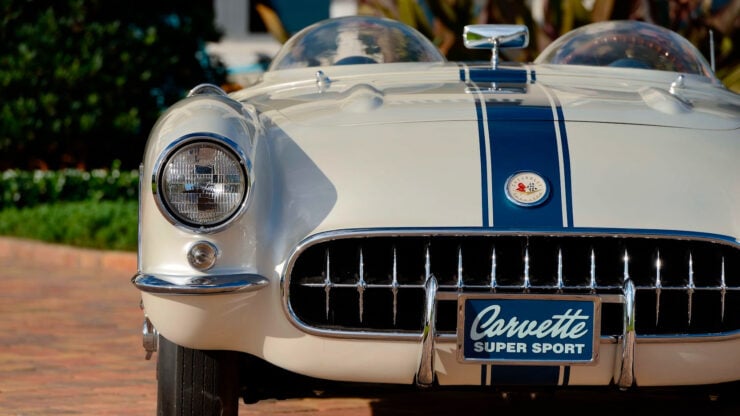

The Super Sport originally started life as a regular 1956 C1 Corvette, but before being shipped out to a dealer it was rolled into the GM Building in Detroit and used as a display model for a few months. When GM executives needed a donor car to showcase the new Rochester Ramjet fuel injection system they decided to use the show car from the lobby, and it was sent off to the Styling Department for a rebuild.
The engine was swapped out for a new fuel-injected 283 cubic inch (4.6 liter) V8 producing 283 hp, mated to a close-ratio three-speed transmission. Other than the engine bay, all of the other modifications were focussed on modifying the body and upgrading the interior.
The original windscreen, wipers, side windows, and folding roof were all removed. A new twin bubble perspex windscreen was added, the deleted side windows were capped with bespoke covers, and the side coves on the car were covered with anodized aluminum panels.
The car was finished in white paint with a blue racing stripe down the middle, this color palette was also used inside the car, with blue-dyed leather upholstery on the seats and door cards, and a new center console was added that had both magnetic cupholders and space for a console-mounted clipboard to hold pace notes should the car ever be rallied.
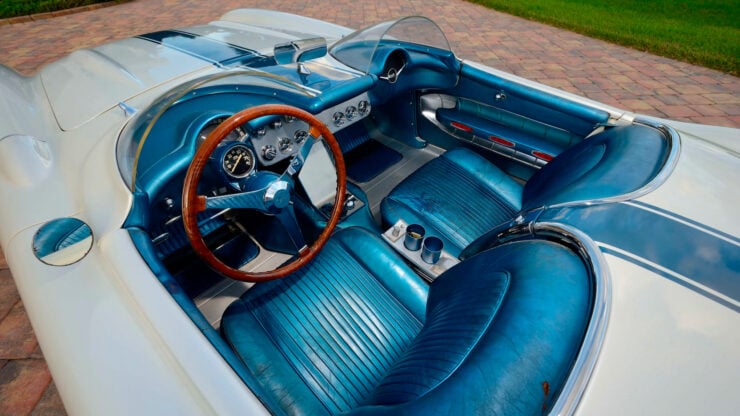

Shown, Crashed, Lost, And Found Again
The car was textbook Jet Age and it proved popular with the public, its first appearance was at the Waldorf Astoria Auto Show in December 1956 in New York City. It was shown later the came year at the Chicago Auto Show, and in 1957 it was featured on the cover of Speed Age magazine.
Shortly after this the car was sold to its first private owner out of Ralph Poole Auto Sales in Albuquerque, New Mexico. Not long after this in 1960 the car was crashed into a telephone pole during an illegal street race, it ended up being stored for a while in damaged condition before being left at a junkyard.
Thankfully the car was saved and in 1997 a restoration commenced led by John Baldwin. This restoration was undertaken carefully, and much of the original car remains untouched, including the seats, door cards, and trunk carpeting.
The car was first shown to the public, post restoration, at the 2017 Amelia Island Concours d’Elegance, exactly 60 years after it’s first unveiling in New York City in 1957.
The car is now for sale via Mecum, it’s due to roll across the auction block in January and at the time of writing there’s no price estimate listed. If you’d like to read more about it or register to bid you can click here to visit the listing.
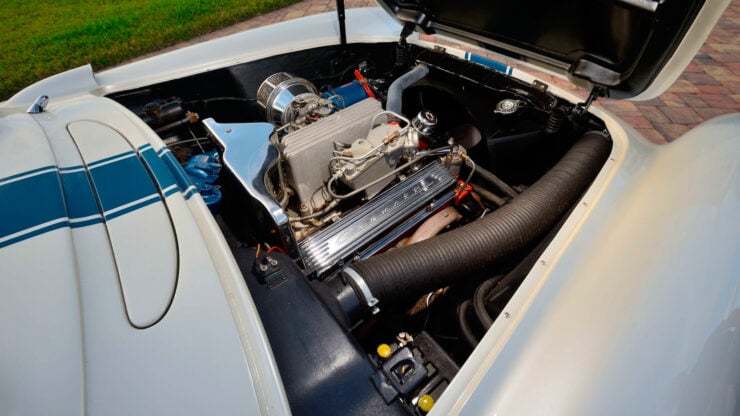
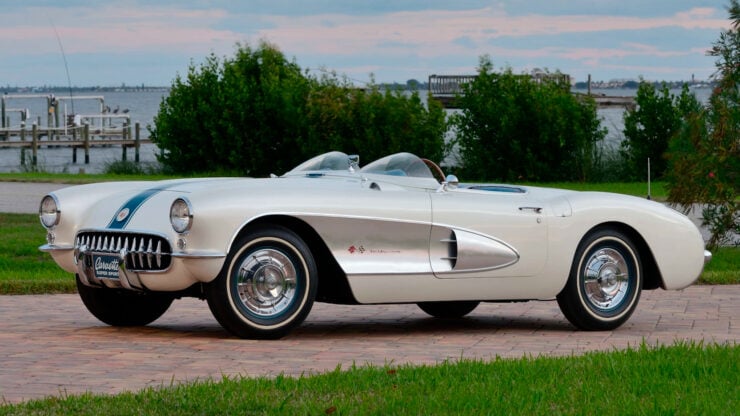
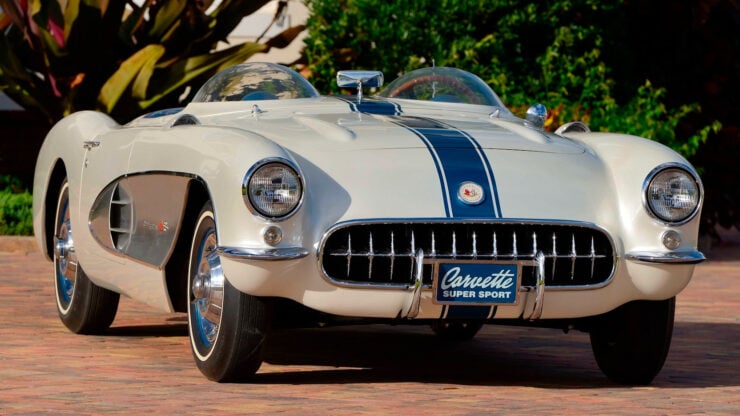
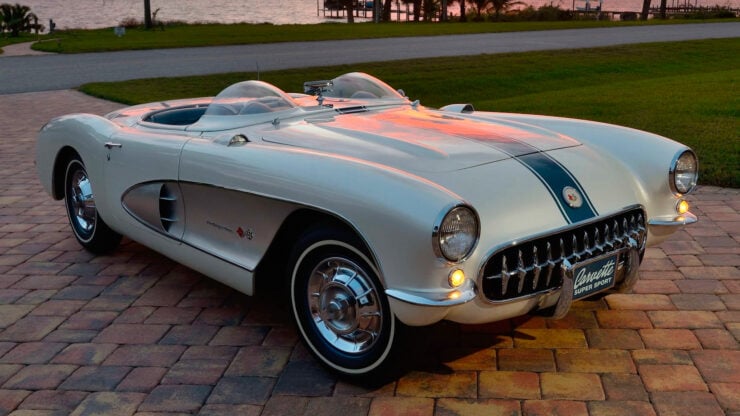
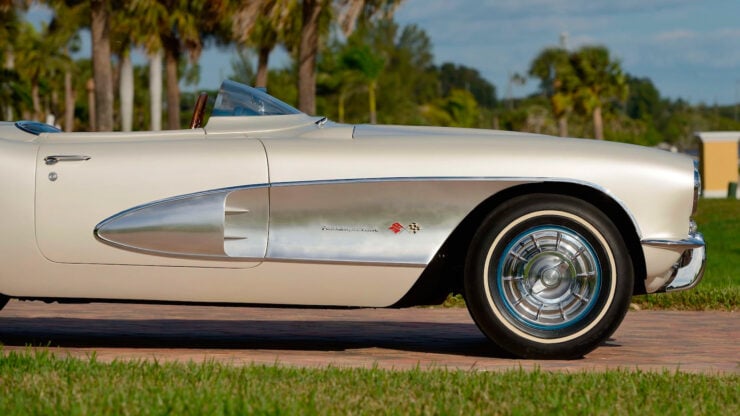
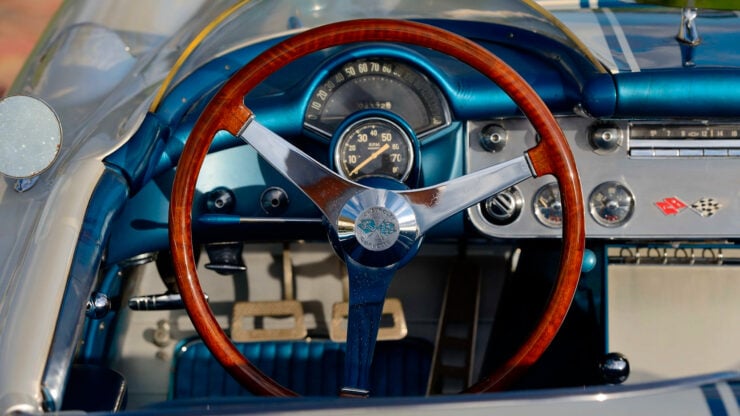
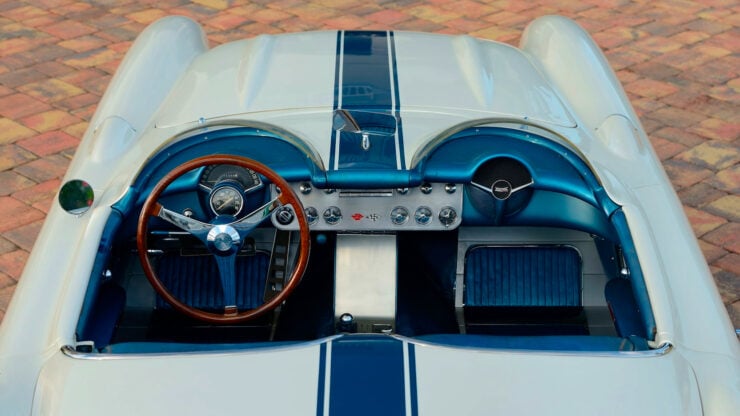
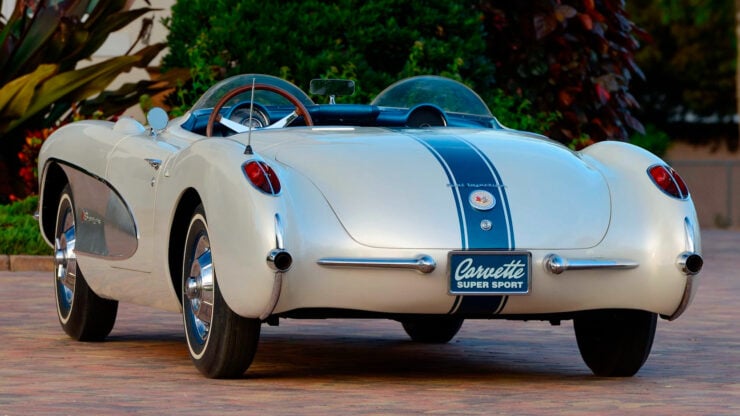
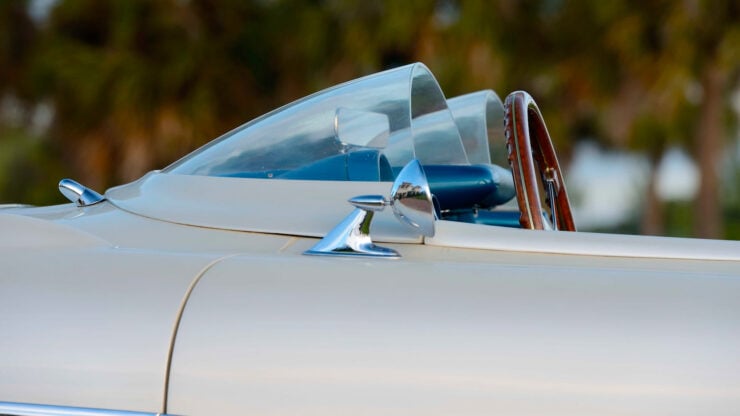
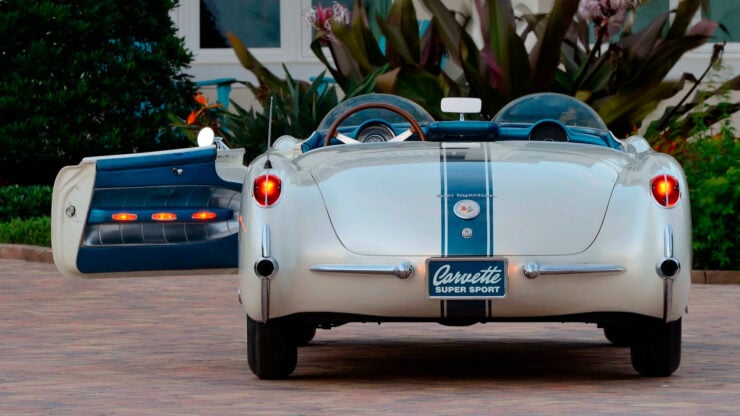
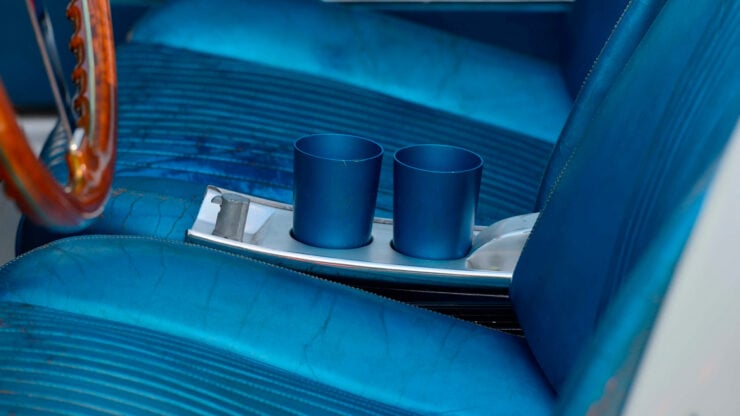
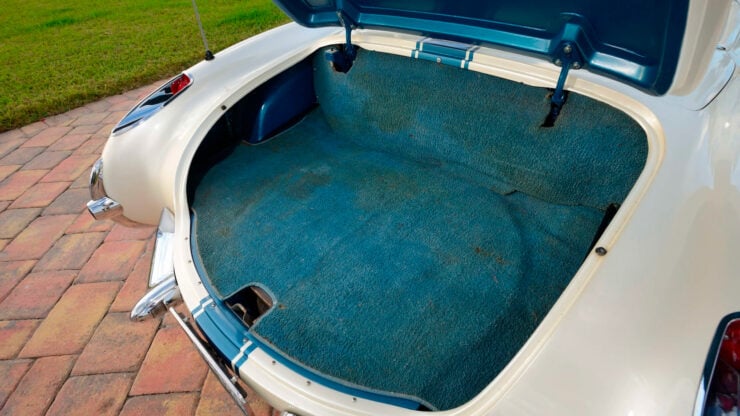
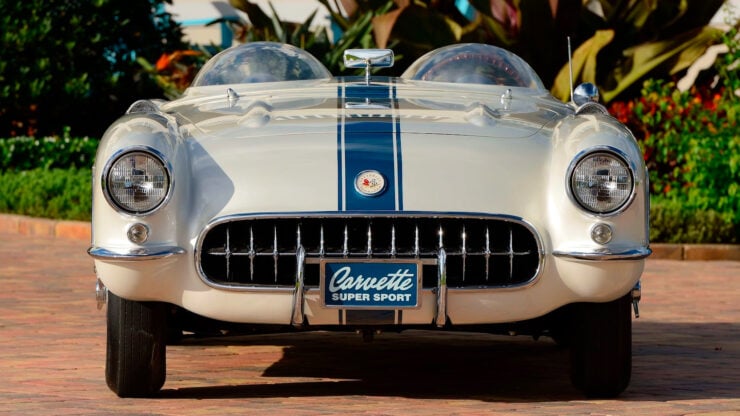


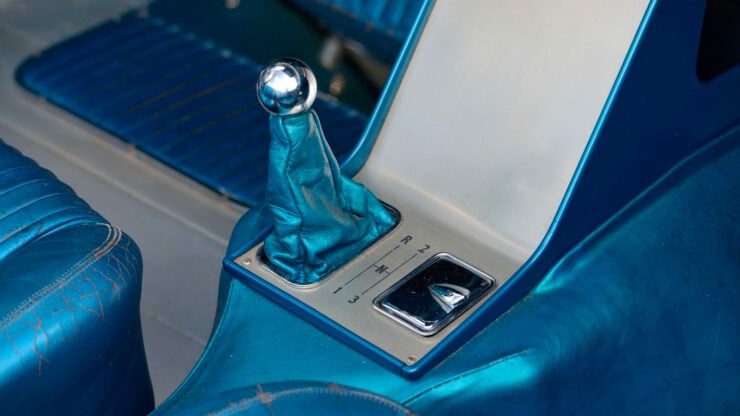
Images courtesy of Mecum

